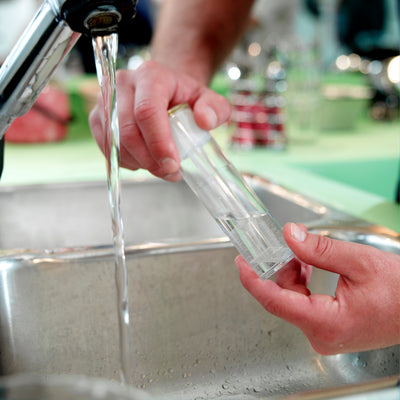Analies Dyjak | Policy Analyst
In last weeks blog post, we discussed what a National Pollution Discharge Elimination System (NPDES) permit should look like. This article discusses the major problems with the 2015 Chemours-Fayetteville NPDES permit issued by the North Carolina Department of Environmental Quality
History Of PFAS Discharge By Dupont/Chemours
In 2015, the North Carolina Department of Environmental Quality issued a renewal NPDES permit to the Chemours Dupont manufacturing plant in Fayetteville, North Carolina. Prior to the media spotlight of GenX in the Cape Fear River in the summer of 2017, Chemours (and Dupont) had been receiving permit renewals since the plant was built in the 1970’s. This particular Chemours plant had been illegally discharging PFAS compounds for years. Similar compounds were not listed or identified in the NPDES permit, which immediately raised a red flag. Our team has taken the time to analyze each section of this 2015 NPDES permit renewal.
Problems With The 2015 Chemours Renewal Permit
Units:
First off, there are no units next to the values in the table. The 2015 NPDES permit almost completely lacked uniformity among units. The reader needs to clearly identify if allowable discharge is in mg/kg/day (parts per million), ug/kg/day (parts per billion), and so on. However, Chemours Dupont used “pounds per day” which isn’t constant with the EPA's normal standards of mg/kg/day or ppm. As we discussed in the overview of NPDES permit article, when a permitting agency fails to include units/dosage, they are allowing chemical discharge at any concentration, so long as the total mass does not exceed the stated value. In doing so, they opened up the door for the permit holder to coordinate discharge schedules with their sampling. More on this below.
Sampling:
The second issue is sampling. Chemours mainly used a grab sampling technique to test the surrounding Cape Fear water quality. Grab sampling is a daily one-time collection of water at any given location. This means that Chemours was able to determine the location and time for collecting a sample. As you can probably infer, this would allow Chemours to collect their daily grab sample as far away from the point of discharge as possible. Additionally, this sampling method allows Chemours to collect samples at a time when operation was halted or during a low-discharge period. Either of these sampling tricks could skew concentration levels and water quality being sent to the EPA.
No Plan To Reduce Discharge:
Finally, the National Pollutant Discharge Elimination System was created to help reduce pollution in US waterways. Permitting agencies should include a plan on how they’re working to reduce chemical discharge in their NPDES permit.
Summary
The Chemours NPDES permit is one of many inadequate documents distributed by state governments. Although it’s easy to blame the permitting agency, it’s really the fault of the federal government for not supplying an improved uniform template. Federal and state governments should demand more stringent practices from polluters in terms of allowable limits, uniformity in terms of units, and consistent, thorough, sampling techniques.
Although this particular permit seems is inadequate, there are hundreds of active permits in the US that are much worse. In future articles, we'll be shining some light onto these permits as well.
Other Articles We Think You'll Enjoy
What You Need To Know About GenX Contamination In North CarolinaHow To Filter GenX From Drinking Water
What Are PFAS, And How Do I Get Them Out Of My Water?











